Industry: Energy
Name: The Single Electricity Market
Organisation: System Operator for Northern Ireland (SONI) and EirGrid
In 2007 Northern Ireland and Ireland came together to establish the world’s first cross border dual currency wholesale electricity market. While energy itself was never specifically included in the list of areas for cooperation in the BGFA, the creation of the Single Electricity Market (SEM) was enabled by underlying spirit and principles of the agreement.
The SEM functions as a single market for the wholesale trade of electricity generation. All major generators on the Island are required to participate in the market. Generators bid in their power to the market and suppliers buy from the pool to sell on to electricity consumers. In any given year, the SEM manages financial flows of approximately €3.5 billion.
The SEM was designed with citizens and businesses first in mind. Collaboration through the SEM enables greater economies of scale that is more attractive to investors, improves competition – thereby lowering costs –and improves security of supply thus providing benefits for customers in Ireland and in Northern Ireland. The Single Electricity Market Committee (SEMC) is the decision-making authority for all SEM matters. The committee consist of three Commission for the Regulation of Utilities (CRU) and three Utility Regulator (UR) representatives along with an independent and a deputy independent member.
The operation of the SEM is facilitated by a sharing of network infrastructure. By leveraging electricity infrastructure on an all-island basis, SONI and EirGrid, as operators of these networks, can utilise the combined strength of both grids to enhance security of supply. This means that if generation availability in one jurisdiction is not sufficient to meet demand, access to power in the other will help to keep the lights on for all users.
The physical sharing of electricity between the networks of Northern Ireland and Ireland takes place via grid connections called interconnectors. At present, there is one primary and two smaller interconnectors between the two jurisdictions. Work is also underway to develop a new larger 400kv interconnector – the North South Interconnector (NSIC). This will help further reduce electricity costs, enhance security of supply, and improve the sustainability of electricity supply.
The ESRI (2022)22 in recent research show that continued co-ordination of the market and of renewable electricity targets on an all-island basis along with the delivery of the N/S Interconnector has the potential to unlock future benefits in terms of efficient infrastructural investment and reduced costs. More broadly, it is only through continued operation of the all-island market that key environmental and low carbon goals can be delivered efficiently. This is particularly the case given Northern Ireland remains, post Brexit, a part of the Internal Energy Market (IEM) and the EU Emissions Trading Scheme (ETS).


